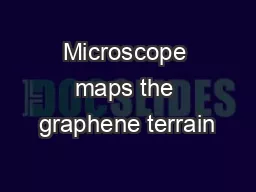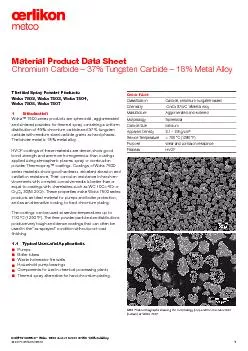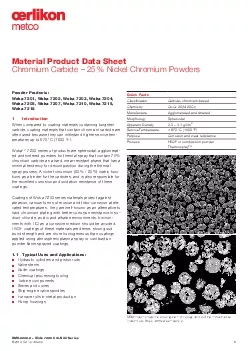PPT-Polytypism of Silicon Carbide
Author : celsa-spraggs | Published Date : 2018-10-29
Steven Griffiths MATRL 286G 6414 Applications Generalized Properties SiC Structure and Polytypism Polytype Notation Theories on Polytype Formation Screw Dislocation
Presentation Embed Code
Download Presentation
Download Presentation The PPT/PDF document "Polytypism of Silicon Carbide" is the property of its rightful owner. Permission is granted to download and print the materials on this website for personal, non-commercial use only, and to display it on your personal computer provided you do not modify the materials and that you retain all copyright notices contained in the materials. By downloading content from our website, you accept the terms of this agreement.
Polytypism of Silicon Carbide: Transcript
Download Rules Of Document
"Polytypism of Silicon Carbide"The content belongs to its owner. You may download and print it for personal use, without modification, and keep all copyright notices. By downloading, you agree to these terms.
Related Documents






